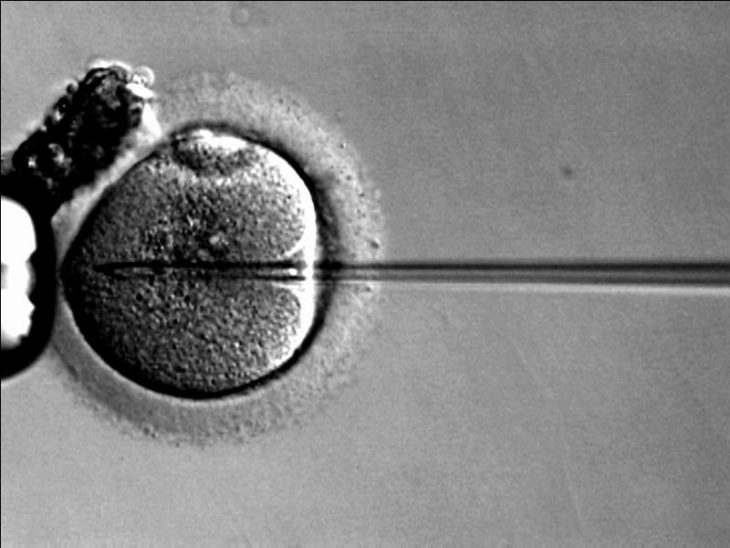
Egg freezing, sometimes called cryopreservation, is a way to extend a woman’s years of fertility. The freezing of fertile eggs can be used later on to start a pregnancy through in vitro fertilization. Freezing eggs can be particularly useful to women who want to delay childbearing or women whose eggs could possibly be damaged by medical conditions or treatments, such as the chemotherapy drugs used to treat cancer.
As a woman ages, the number of her eggs declines, as does egg quality. Eggs from older women are more likely to have chromosomal defects that may cause children to be born with birth defects, particularly eggs from women over the age of 40. Yet a woman’s uterus and overall health can remain strong and robust well into her 40s, certainly strong enough to allow for pregnancy and childbearing. For some women, freezing eggs at an earlier age for a later pregnancy may make sense.
How Egg Freezing Works
After undergoing hormone treatment for 8-10 days to stimulate the ovaries to produce mature eggs, eggs are removed in the doctor’s office. They are then frozen and banked (stored) in liquid nitrogen until a woman wishes to begin a pregnancy.
The maximum length of time that eggs can be kept frozen and still remain fertile is not yet known. However, eggs can be kept frozen for at least a few years without compromising their integrity. One frozen embryo (not an egg) was stored for nearly 20 years before producing a healthy baby boy.
Acceptance of Egg Freezing by Medical Community
Egg freezing was considered an experimental technique until 2012. Until relatively recently, frozen eggs simply did not produce pregnancies often enough for the technique to be reliably successful. And there were also concerns about freezing causing chromosomal abnormalities in the eggs. But techniques have improved over time and in 2012, the American Society for Reproductive Medicine (ASRM), after reviewing nearly 1,000 pieces of research, found that frozen eggs produced pregnancy rates that were similar to those produced by fresh eggs used during in vitro fertilization procedures. The ASRM also found no increase in chromosomal abnormalities or birth defects when frozen eggs were used.
Egg Freezing Advances
One improvement has been substitution of a flash freezing procedure called vitrification for the older, slower method of freezing. The speed of vitrification helps prevent ice crystals from forming during the freezing process, crystals that are highly destructive.
A second improvement comes from genetic testing of an egg’s polar body. A polar body is an egg’s smaller sister cell. While not capable of producing an embryo, a polar body’s DNA should be identical to that of its sister egg. If it’s normal, the egg’s DNA should be, too. By separating the polar body from the egg, it can be genetically tested without destroying the egg. Then, only the eggs whose polar body test normal are kept for long term storage.
How Successful is Freezing Eggs?
Combining vitrification with chromosomal testing of the frozen egg’s polar body has allowed us to achieve a 96% survival rate of frozen eggs and a 75% pregnancy rate when using them for IVF. You can see and download our published findings here.
There are few guarantees in medicine. This holds true for egg freezing, too. It is important that freezing her eggs not give a woman a false sense of security. But now that egg freezing and banking is no longer experimental, cryopreservation offers a woman a way to extend her window of fertility that was not previously available.


